Architecture
England’s Smallest Window
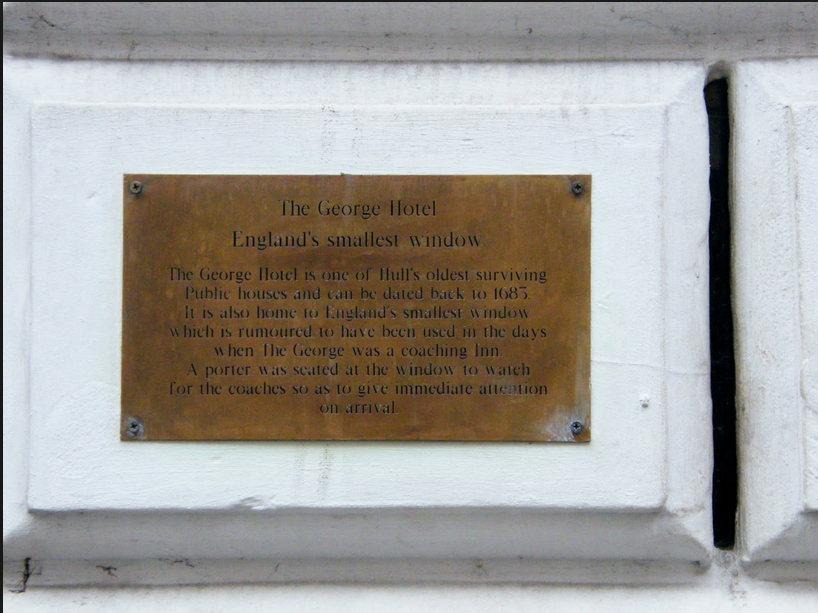
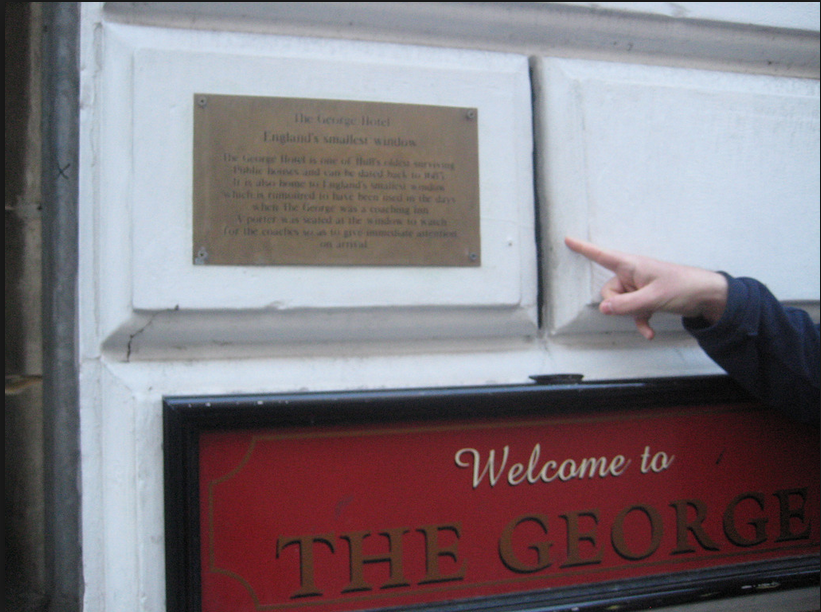
Wikipedia reference here.
Posted By: Paul - Sun Sep 17, 2017 -
Comments (2)
Category: Architecture, Europe
Swift Pavilion, 1939 World’s Fair
The exhibition hall for Swift's was shaped like a giant hotdog.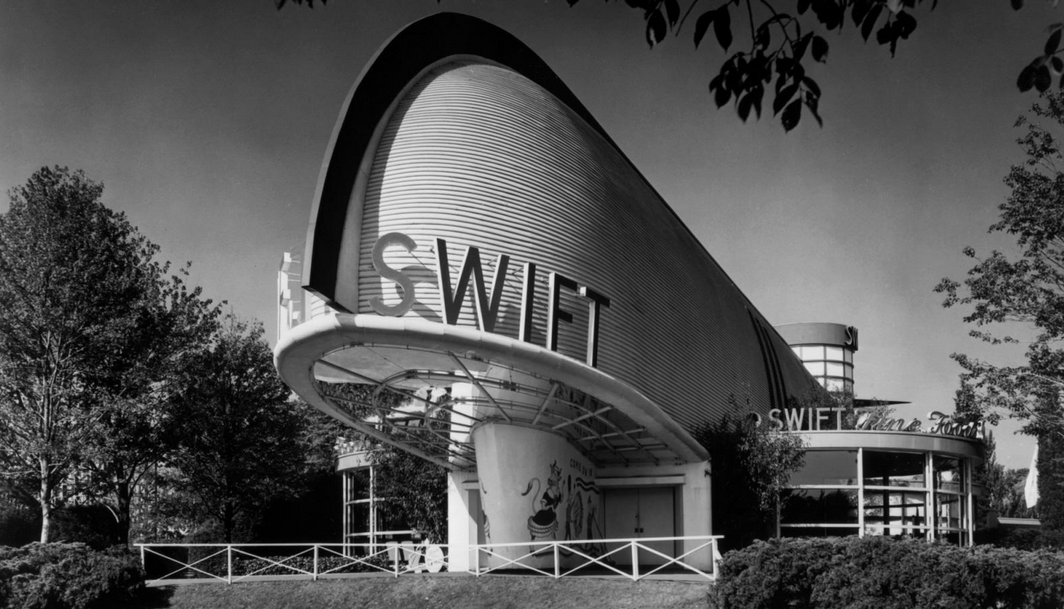
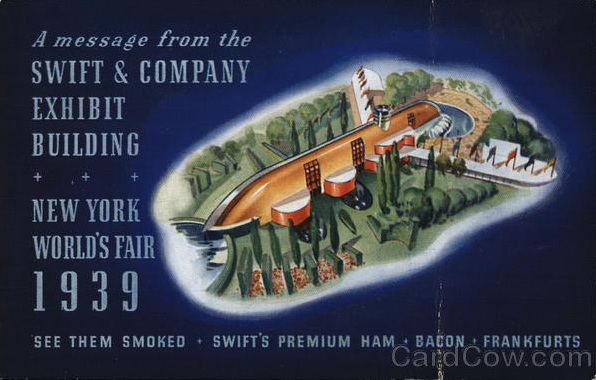
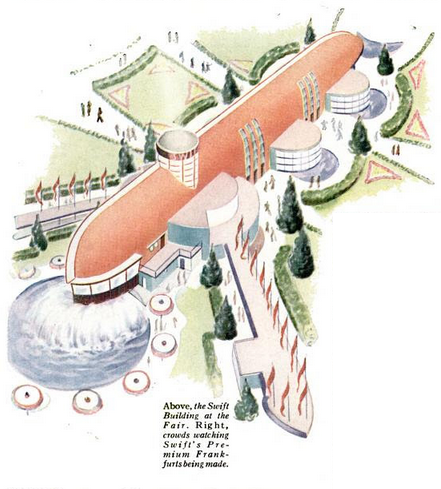

Posted By: Paul - Sat May 20, 2017 -
Comments (4)
Category: Architecture, Fairs, Amusement Parks, and Resorts, Food, 1930s
Glass Block Building: Chicago 1934
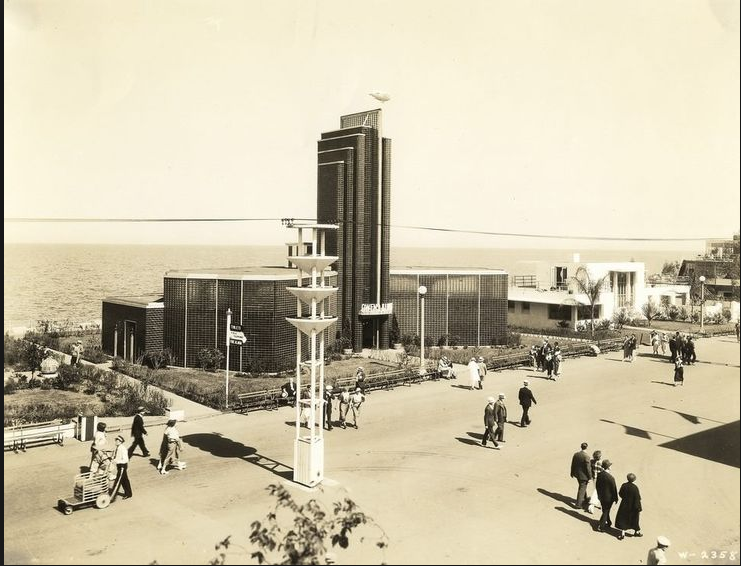
What architectural feature of this building is not visible in this picture?
Answer after the jump.
A description of the building here.
More in extended >>
Posted By: Paul - Fri Apr 28, 2017 -
Comments (2)
Category: Architecture, 1930s
Mudlavia
Miracle mud cures!
Wikipedia page.

Great article with primary source material here.
Posted By: Paul - Tue Apr 04, 2017 -
Comments (0)
Category: Architecture, Fads, Health, Regionalism, Natural Resources, Nineteenth Century
The Ford House of Aurora, Illinois
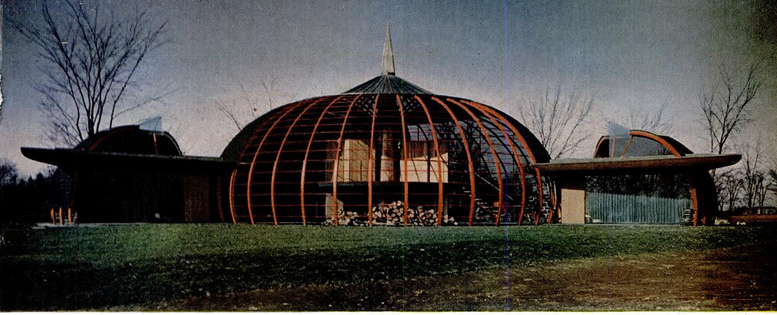
1951 article here.
Apparently still extant, according to this great set of current pics.
Posted By: Paul - Sun Mar 26, 2017 -
Comments (2)
Category: Architecture, 1950s
Beirut Spite House
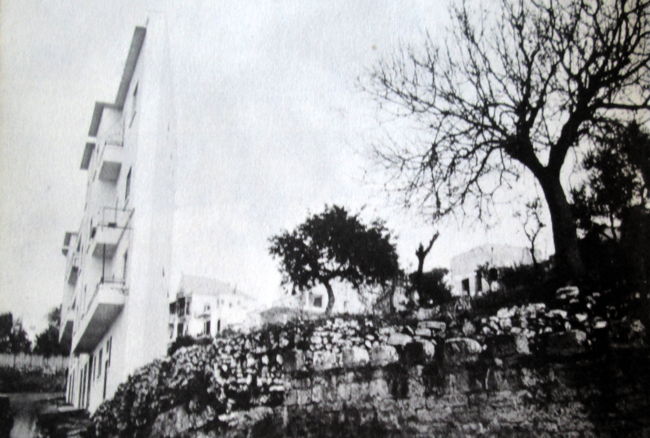
Beirut Spite House
A "spite house" is a house whose primary reason for being is to annoy someone.
In The Hidden Dimension (1969), which is a study of how people perceive space, the American anthropologist Edward T. Hall described a spite house built in Beirut. Although a "spite wall" might be a more accurate description:
One sees the Arab's need for a view expressed in many ways, even negatively, for to cut off a neighbor's view is one of the most effective ways of spiting him. In Beirut one can see what is known locally as the "spite house." It is nothing more than a thick, four-story wall, built at the end of a long fight between neighbors, on a narrow strip of land for the express purpose of denying a view of the Mediterranean to any house built on the land behind. According to one of my informants, there is also a house on a small plot of land between Beirut and Damascus which is completely surrounded by a neighbor's wall built high enough to cut off the view from all windows!
I think building a massive wall to block a neighbor's view would actually be considered obnoxious in any culture.
There's plenty of other examples of spite houses described online. See, for example, wikipedia or Mental Floss.
Posted By: Alex - Sun Aug 21, 2016 -
Comments (0)
Category: Architecture, Pranks and Revenge
Skyslide
Posted By: Paul - Sat Jun 25, 2016 -
Comments (9)
Category: Architecture, Daredevils, Stuntpeople and Thrillseekers, North America
Home Sweet Home
So making homes out of shipping containers is a thing. It is kind of similar to modular homes that are usually installed on a slab. Some of the ones featured above are very nice, impressive even. Reuse, renew, recycle in action. Also a cool idea.
Posted By: Alex - Sun Apr 03, 2016 -
Comments (8)
Category: Architecture, Buildings and Other Structures
Trompe l’oeil in the Villa Barbaro
Wikipedia entry here.
Posted By: Paul - Fri Sep 25, 2015 -
Comments (2)
Category: Architecture, Art, Europe, Sixteenth Century
Welbeck Abbey
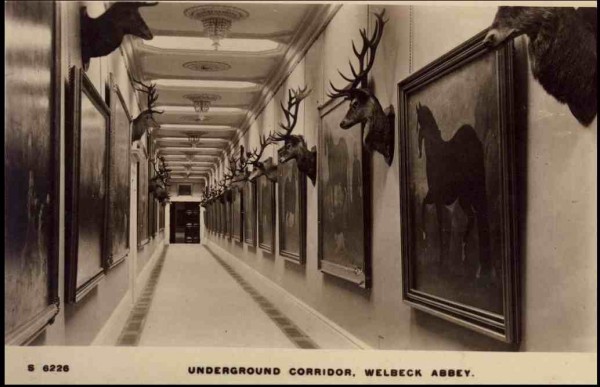
A famous eccentric, the Fifth Duke of Portland spent a fortune over twenty-five years constructing fantastical additions to his estate, Welbeck Abbey, including fifteen miles of underground tunnels.
The Duke was very introverted - he did not want to meet people and never invited anyone to his home. His rooms had double letterboxes, one for ingoing and another for outgoing mail. His valet was the only person he permitted to see him in person in his quarters - he would not even let the doctor in, while his tenants and workmen were told never to acknowledge his presence (a workman who saluted him was reputedly dismissed on the spot) and they received all their instructions in writing.
His business with his solicitors, agents, and the occasional politician was handled by post. The Duke maintained an extensive correspondence with a wide-ranging network of family and friends, including Benjamin Disraeli and Lord Palmerston. He is not known to have kept company with any ladies, and his shyness and introverted personality increased over time.
His reclusive lifestyle led to rumours that the Duke was disfigured, mad, or prone to wild orgies, but contemporary witnesses and surviving photographs present him as a normal-looking man.
He ventured outside mainly by night, when he was preceded by a lady servant carrying a lantern 40 yards ahead of him. If he did walk out by day, the Duke wore two overcoats, an extremely tall hat, an extremely high collar, and carried a very large umbrella behind which he tried to hide if someone addressed him.
If the Duke had business in London, he would take his carriage to Worksop where he had it loaded onto a railway wagon. Upon his arrival at his London residence, Harcourt House in Cavendish Square, all the household staff were ordered to keep out of sight as he hurried into his study through the front hall.
He insisted on a chicken roasting at all hours of the day, and the servants brought him his food on heated trucks that ran on rails through the underground tunnels.
Wikipedia page.
Long essay here.
Posted By: Paul - Tue Jan 27, 2015 -
Comments (7)
Category: Architecture, Eccentrics, Europe, Nineteenth Century

| Who We Are |
|---|
| Alex Boese Alex is the creator and curator of the Museum of Hoaxes. He's also the author of various weird, non-fiction, science-themed books such as Elephants on Acid and Psychedelic Apes. Paul Di Filippo Paul has been paid to put weird ideas into fictional form for over thirty years, in his career as a noted science fiction writer. He has recently begun blogging on many curious topics with three fellow writers at The Inferior 4+1. Contact Us |




